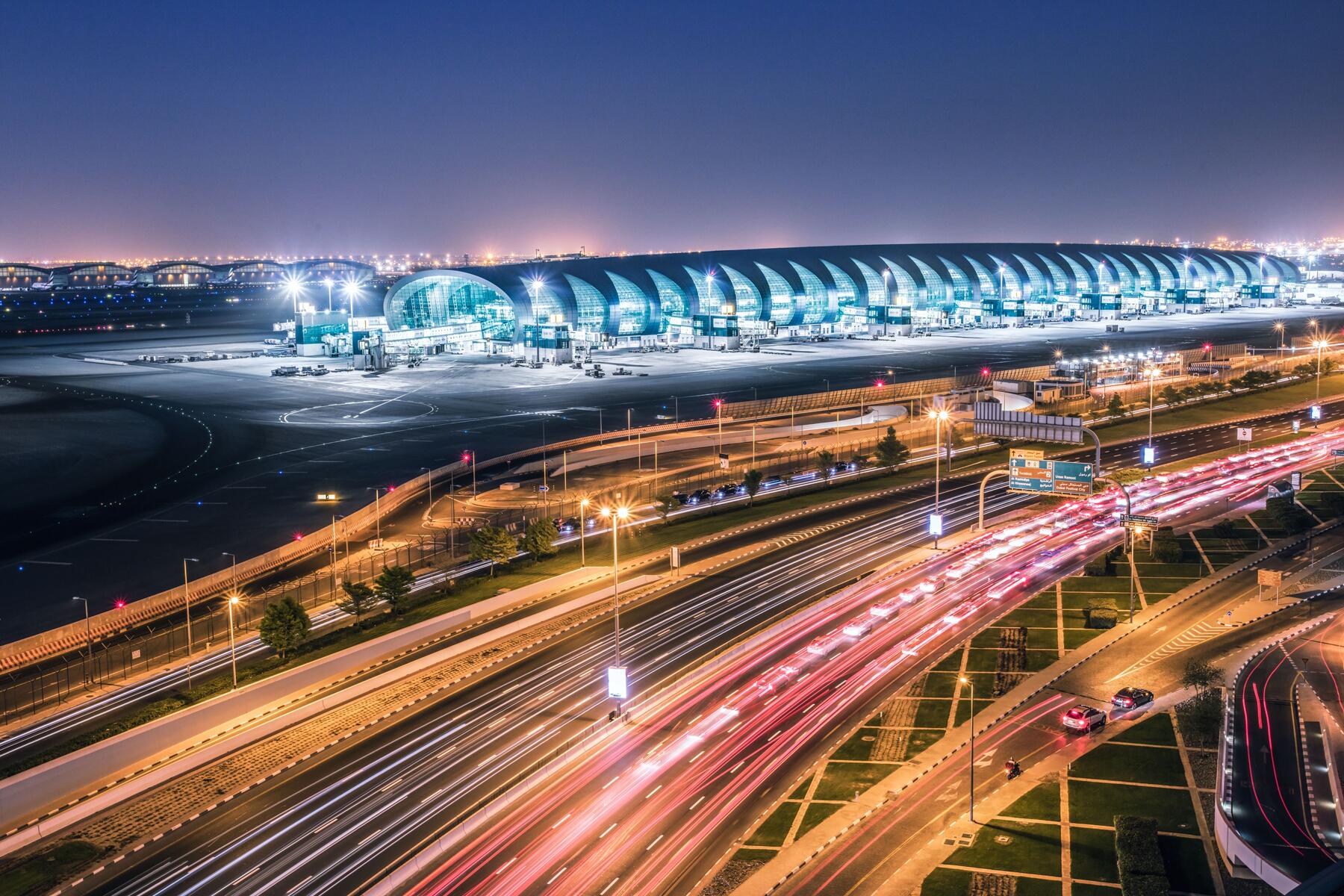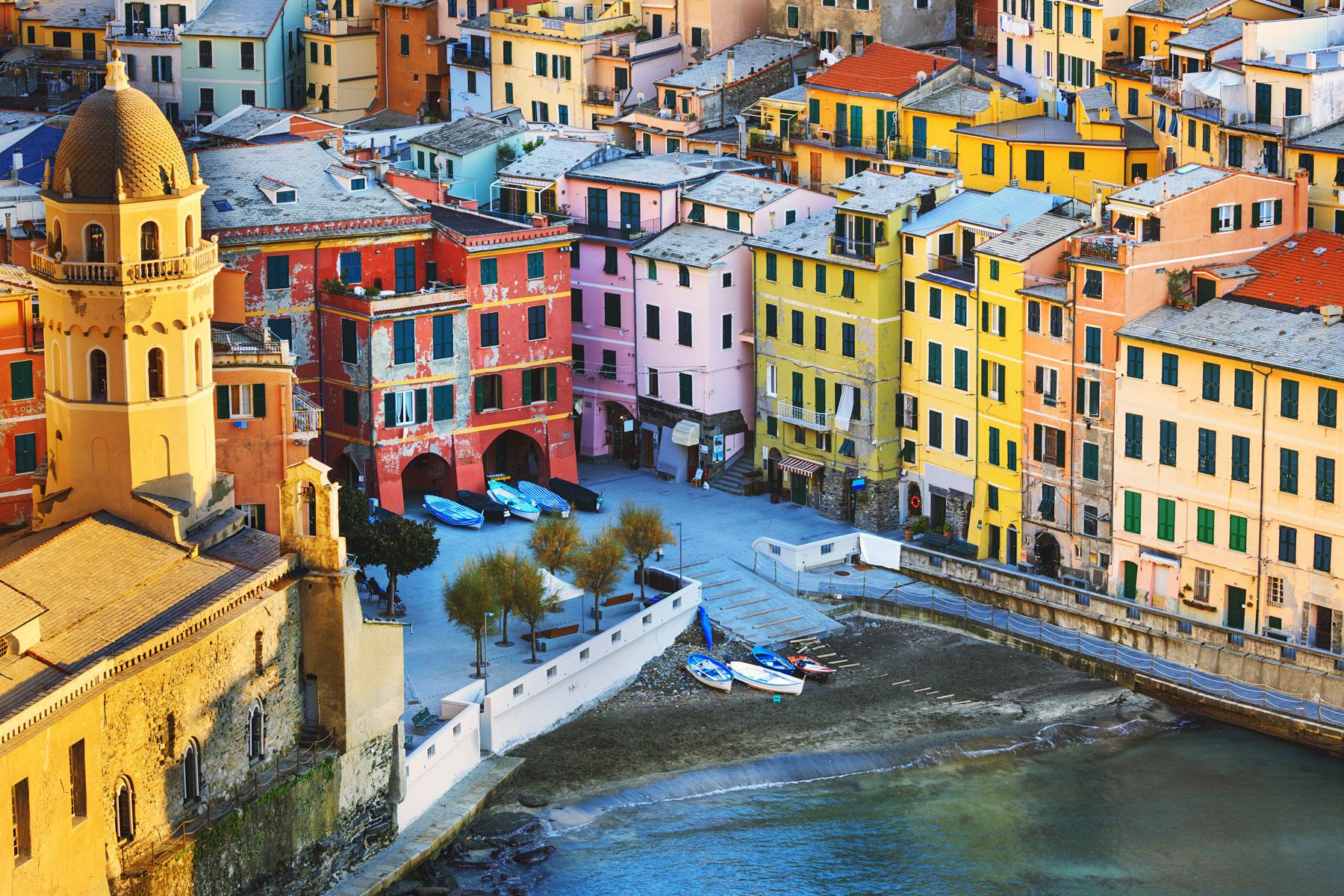Different from sustainable travel, regenerative traveling is shaking up the industry in more ways than one.
As the pandemic forced many travelers to stay home, cities prone to an influx of tourists suddenly found their environment and quality of life improved. This phenomenon of “regenerative tourism” deals with how destinations around the world continue to push for ways that tourism can enhance the quality of life of residents, aligning tourists’ vacations with local values and redefining travel in a way that prioritizes quality over quantity.
“The pandemic has required us to ask, ‘why do we travel?‘ and gives us an opportunity to change ‘how we travel,’” says Amanda Ho, founder and CEO of Regenerative Travel, a community of independently-owned boutique hotels dedicated to creating positive social and environmental impact.
“We must repair and replenish our relationships with the places we travel. As an industry, we have a responsibility to create the change we want to see for the future of our planet. We are at a turning point as a human species to reverse the trajectory of climate change with an urgent call to repair and replenish the damage to our environment and our communities. In the most simplistic terms, we say that being green or eco is doing no harm.”
Recommended Fodor’s Video
Different from sustainable travel which focuses on minimizing a tourist’s impact on the environment, regenerative travel instead aims to reinvent the entire tourism industry. In the past, tourism management and marketing centered almost exclusively on consumer demand. Regenerative travel, however, focuses on the supply side of tourism and not just on its demand. Similarly, organizations like The Long Run now focus on the culture, community, conservation, and commerce—also emphasizing the need to improve tourist destinations for everyone, not just the traveler.
Although, only recently buzzy, regenerative tourism has grown prevalent amidst global warming, climate change concerns, and the impact of the pandemic. The practice of regenerative travel involves leaving places and people better than we met them, and has been popularized by travelers and the hospitality industry. The concept is slowly gaining recognition by governments and much more widely in the tourism industry among hotels, lodges and resorts, travel and tour agencies, and consumer watch groups.
Summits like the COP-26, a United Nations climate change conference aimed at pushing forward the UN Framework Convention on Climate Change, have seen even the tourism industry rally behind regenerative tourism through initiatives such as the Glasgow Declaration for Climate Action in Tourism, which supports the efforts being made to combat climate change through tourism. Other initiatives also include Destination Management Action Plans, a strategy employed by tourism boards that emphasizes the trajectory of tourism, including what is being consumed by visitors and how it can contribute to positive change. People now have an opportunity to travel more meaningfully, reducing carbon emissions and choosing ”responsible” agencies while traveling.
It is estimated that, as of 2019, about 10% of workers worldwide are in the tourism sector. Consequently, the loss of jobs following the pandemic raised issues like intentional tourism versus overtourism. Tourism promoters in places like Hawaii are coming up with different marketing programs to spread tourists’ interests over different sites and avoid overcrowding at in a single location. These marketing and communication efforts tend to make some reference to regenerative tourism with the intention to better the destination, experience, and exchange of goods for both the community visited and the travelers
The attention and desire to participate in regenerative tourism can be attributed to the current interest in regeneration at the hands of the consumer. With consumers searching for and participating in pro-regeneration organizations and experience, paying attention to the regenerative aspects of tourism is no longer an option but an obligation for the industry.
Research suggests that environment-friendly business practices could also cut down on costs, attract new customers, and serve as qualifying criteria for some government subsidies. Moving forward, some countries like New Zealand and The Philippines could ask travelers to say a pledge and be more conscious of regeneration. Some European countries like France, Germany, and the United Kingdom have established requirements on more conscientious travel from regenerative travel firms.
Lastly, travelers are encouraged to research and prioritize organizations that are pro-regeneration and patronize their goods and services, even if this means higher costs. As Chris Baker, the CEO of OneSeedExpeditions, puts it, “When you decide to put your time and resources into a trip, you’re affirming that’s the type of business you want out there.”
As more nations adopt and adjust to measures of countering COVID-19, borders and airspaces are reopening up to tourists. While some argue that regenerative tourism won’t stick, as it focuses on environmental practices and public well-being at least as much as profits, others say the shift is here to stay. With consumers driving the path, the industry can make travel better for residents and travelers, as well as the destination itself.




